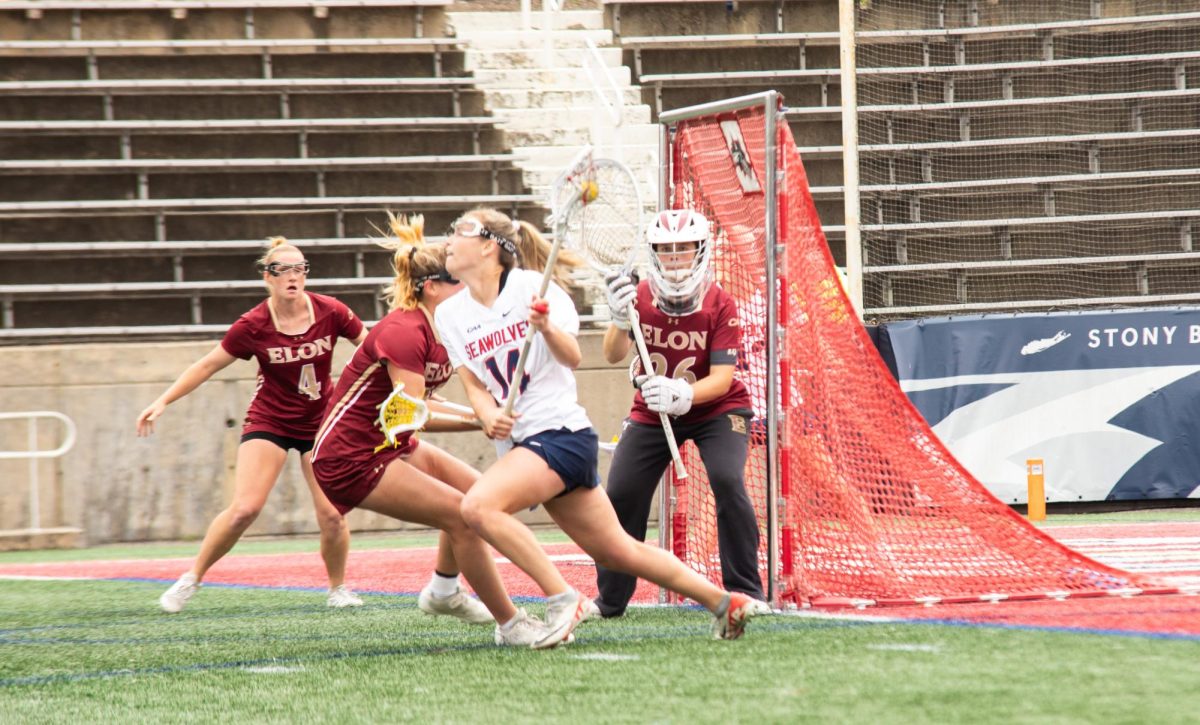
The audience of the “Fukushima: One Year Later” panel could not help but be quiet as they listened about the effects of the nuclear disaster after a significant earthquake and tsunami hit Japan this time last year.
The event, which was hosted by the Environmental Club and Stony Brook Sustainability Program on Thursday, had listeners, many of whom were students of Heidi Hutner, associate professor in both the English and sustainability departments at SBU, who seemed engaged and knowledgeable about the disaster.
Junior political science major Jessica Vogele, a student of Hutner, said she had known about the disaster prior to the presentations. However, Vogele still gained insight about what the Japanese government has been doing in the past year.
Hutner invited Professor Akira Murakami of Akita University in Japan to speak about the disaster at the Fukushima Daiichi Nuclear Power Plant on March 11, 2011. There were no serious explosions at the plant in Fukushima, Murakami said, only minor ones. The combination of the earthquake and tsunami caused three reactors within the plant to experience full meltdowns.
Murakami explained that the Japanese government’s efforts to clean up have included the burning of rubble and debris from Fukushima. However, burning the toxic matter is extremely harmful as it spreads the radioactive elements into the air, Murakami said.
Still, Fukushima continues to release large amounts of radiation. The exposure to the radiation is affecting many residents, not only those closest to the nuclear site, but on a global scale as well. As Tomoi Zeimer, another guest speaker and Osaka native, said, “The world is getting small. It doesn’t do good to us.”
Zeimer spoke about her current activism aimed at helping mothers and children affected by the disaster. Her parents and sisters remain in Osaka and are troubled by how little the Japanese government is doing to clean up and reduce the effects of the radiation.
Zeimer emphasized the new safety concerns surrounding food that may be contaminated, which is causing distress for Japanese mothers. She and her sisters have been working to negotiate with the Japanese government to stop serving food from the Fukushima area in school cafeterias.
“I’m scared to go back to Japan even if it is so far from here,” Zeimer said. She also explained that in Fukushima, the children are only allowed to play outside for two hours a day and have to stay indoors the rest of the time to limit exposure to possible radiation.
Yet, as Hutner said, there is a double standard when it comes to radiation.
Pregnant women do not undergo X-rays because of the radiation even if it is a small dose, but the Japanese people are being told that everything is safe and not contaminated.
In leaving the audience, Murakami and Zeimer both expressed that they wanted more people to gain awareness that nuclear power plants leave a significant amount of radioactive waste that never really ever goes away. Hutner encouraged the audience to do their own research about nuclear power plants and the effects of radiation. There are nuclear power plants near SBU, and one of them is the Indian Point Nuclear Power Plant in Buchanan, N.Y. – about 40 miles from New York City.











